Way before remote work became a necessity in 2020, it had already started to become a lucrative benefit for employees.
However, this year has been momentous for the adoption of remote work or WFH options.
While the idea of working with distributed teams seemed scary at first, a surprising number of firms have successfully adopted remote work.
This development has also paved the way for more flexible and remote-friendly workplaces in our near (and safer) future.
In this article, we throw light on some surprising facts backed by statistics to understand the present state and the projected future of remote work.
Let’s begin!
1 The Rise of Remote Working Revolution
The year 2020 has become a turning point in the remote work trend or at least, that is what the statistics suggest.
Rise of remote working started even before the Coronavirus hit us!
According to Gallup, 43% of the US employees were already working remotely for at least a part of their time.
The last 5 years have seen a major shift towards remote work.
As per a joint study conducted by FlexJobs and Global Workplace Analytics, the number of people opting for remote work has increased by 44% in the period between 2016 and 2020.
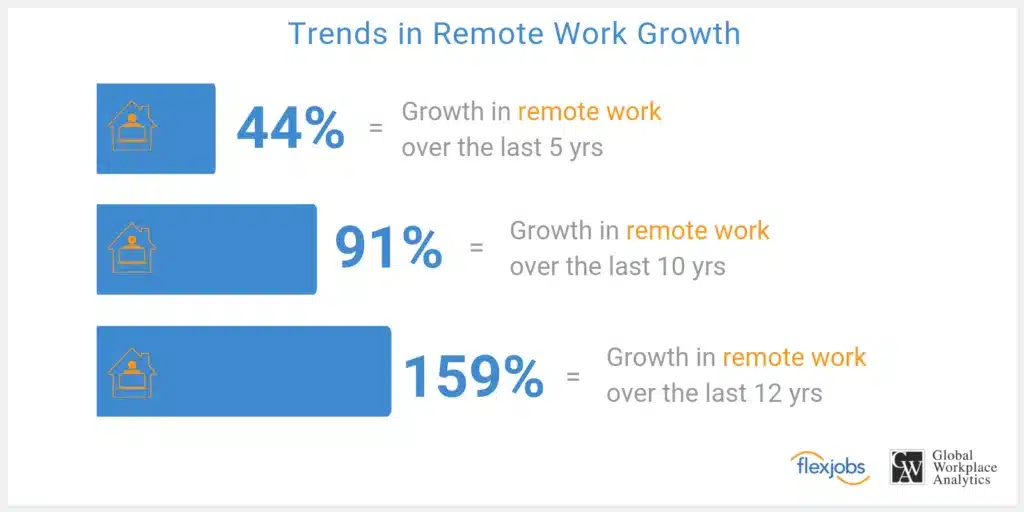
In fact, employees with an option to choose remote work are planning to practice it more often.
Yes, you read that right.
In a study by Owl Labs, a whopping 42% of the employees have admitted to planning on making remote work a regular practice in the next few years.
And those who don’t have the option of remote work would love their employers to take heed.
In research conducted by Buffer, as much as 99% of the employees confessed that they would opt for remote work if given an option.
Interestingly, remote employees do not shy away from recommending it to their friends and family.
In the same research by Buffer, 95% of the employees also agreed to have encouraged their loved ones to choose remote work.
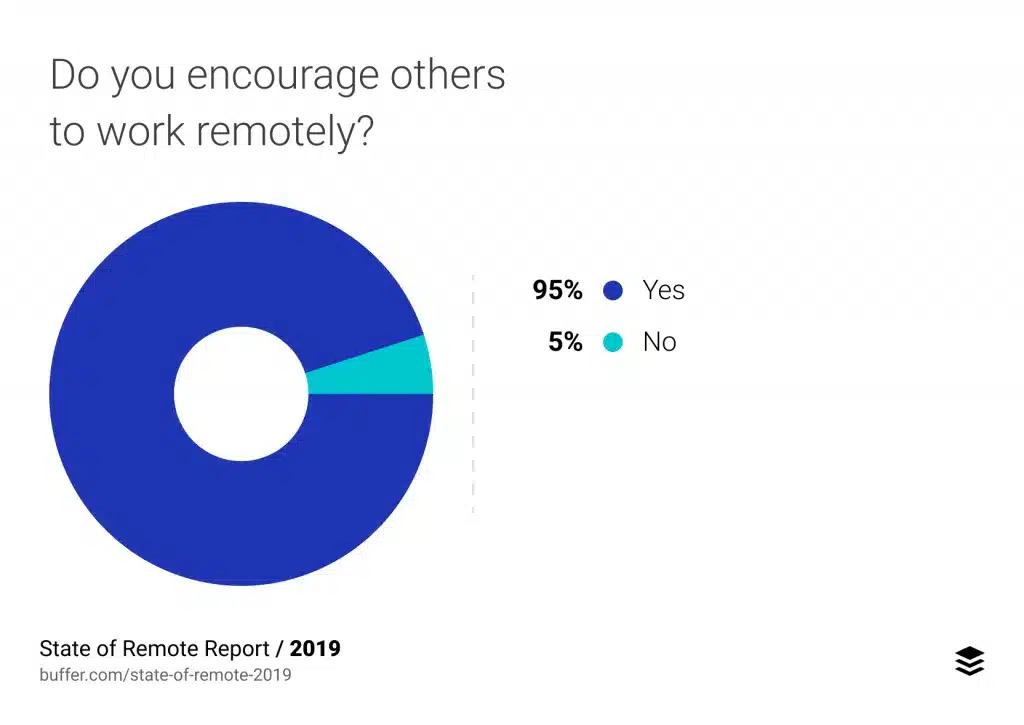
Although remote work seemed to have caught the world’s imagination only after the Covid-19 crisis, its popularity had already been making waves in the corporate corridors.
Let’s look at some statistics that speak about the impact of remote work on employees.
2 Rise of remote working, employee engagement and well-being
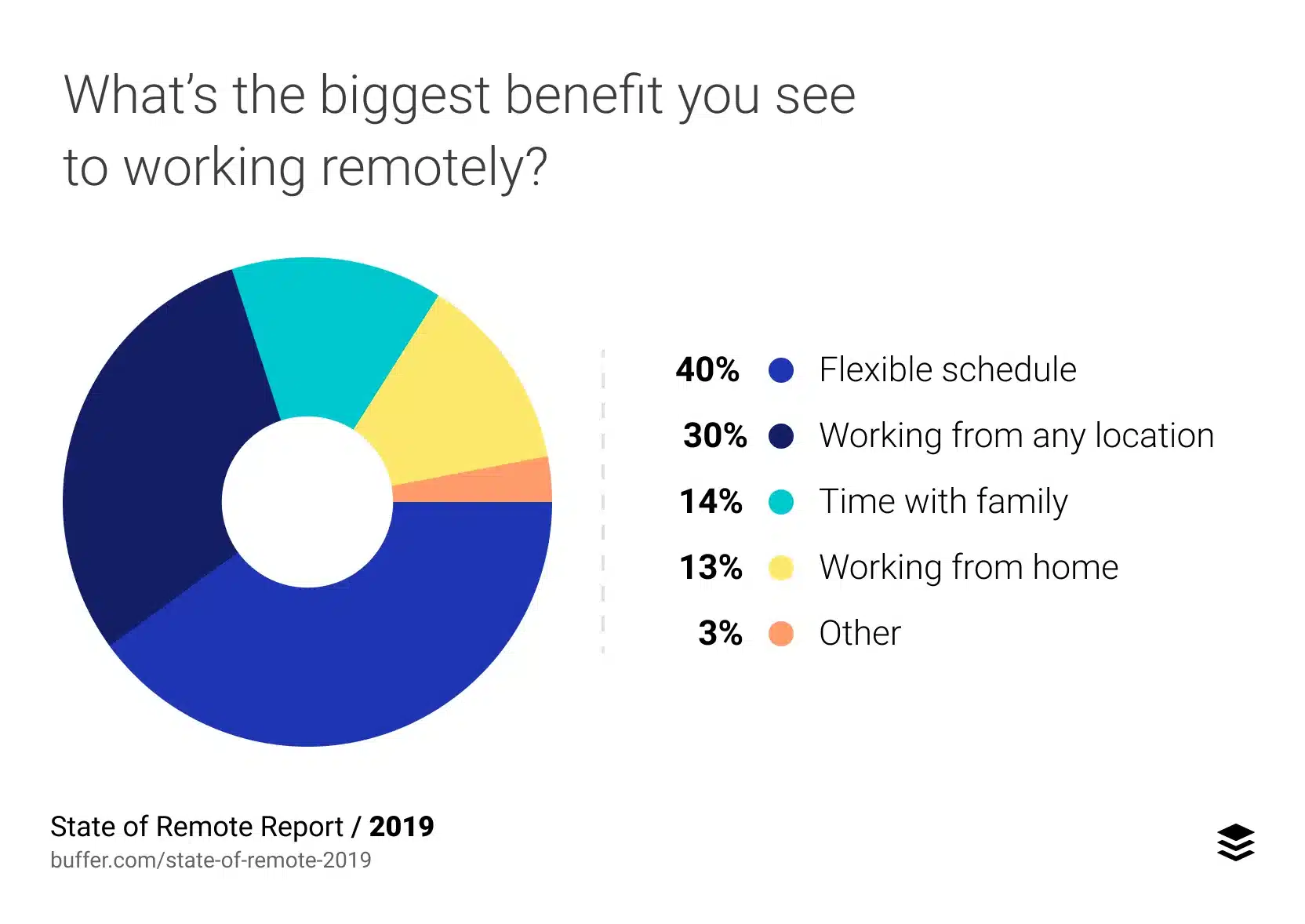
There has been a lot of discussion regarding employees’ preference for remote work.
The statistics clearly indicate that remote affects talent hunt and employees retention. Let us show you how.
Remote employees are more likely to be better engaged.
According to a study by Gallup, 32% of remote workers are engaged as compared to only 28% of office workers.
Moreover, remote employees tend to stay loyal to their jobs.
In the study by Owl Labs, remote workers admitted that they were likely to keep their current jobs for the next 5 years 13% more than the onsite workers.
Adding to this, remote employees are also way more productive.
In research conducted by CoSo labs, 77% of remote workers said that they’re more productive when they’re working remotely.
Did you know that people avoid the office when they’re trying to focus on an important project?
According to breakthrough research by Atlassian, 76% of employees have admitted that they start working remotely when they know they need to concentrate on a major task.
Remote work does wonders for employee morale.
As per research by Marketing Assets, 90% of the employees say that flexible work schedules and arrangements increase their morale.
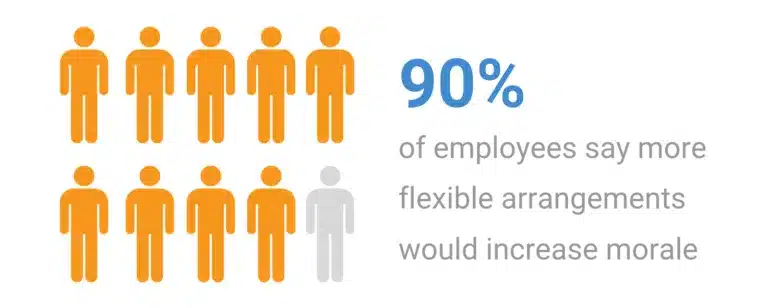
For remote employees, job satisfaction is real!
Amerisleep conducted a study on 1,001 remote workers and had some interesting revelations.
57% of remote workers are more likely to be satisfied with their jobs than their office counterparts.
In fact, 80% of them experience less job stress.
Remote employees take better care of themselves.
Research by FlexJobs concluded that remote workers get more time to spend on their well-being and mental health.
As a result, remote employees are healthier.
Remote employees have a healthy lifestyle and have low exposure to mental fatigue and physical hardships.
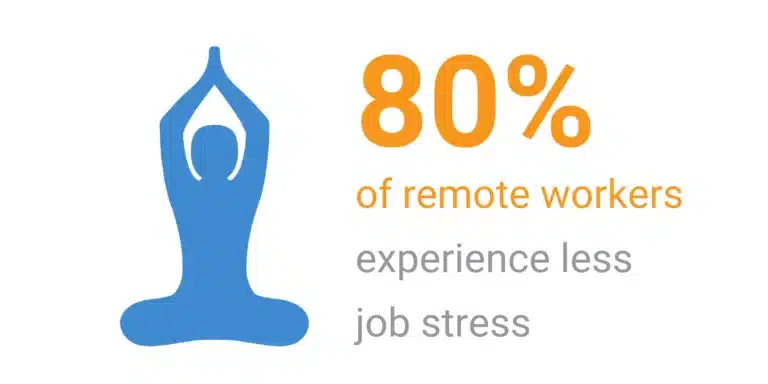
A study by Indeed suggested that 50% of the remote employees take lesser sick leaves and 56% of them have low absenteeism.
Build super-connected remote teams
Provide the tools (1:1s, OKRs, Check-ins, CoffeeConnect) your managers need to be in regular touch with their teams
Effective One on One Meetings
We built a software that automatically schedules, lets you set agenda, take notes, exchange feedback and track actions – all in one place.
Prevent Isolation & Reduce Burn-out
Send your remote teams for virtual coffee and help them know more about each other with Rapid-fire quiz and interesting ice-breakers.
3 Increased organizational efficiency with the rise of remote work
For organizations, the biggest benefit of remote work has been access to a global talent pool without any geographical barriers.
Remote work has also proven to be advantageous for the overall productivity of the organization.
Let’s have a look at some of the statistics –
Remote work leads to better organizational performance.
Professor Nick Bloom from Stanford University conducted a 2 year long research in 2012 and worked with professionals from a billion-dollar company to understand their behavior.
In the research, it was concluded that transitioning to remote work improved their employees’ performance by 13% owing to lesser distraction and shorter breaks.
Remote workers do not mind working longer.
Long working hours take a toll on the productivity and health of onsite workers.
However, remote employees have no qualms about working long hours as per the study conducted by Owl Labs.
In fact, 43% of remote workers work longer than their counterparts.
The reason why they were okay with longer work hours was the fact that they loved what they did and appreciated the flexibility provided by their leaders.
Remote work helps in reducing costs.
Due to low operating cost, remote work proves to be a more beneficial option for the organization.
In a research, 77% of organizations agreed that allowing remote work may lead to a reduction in their operational cost.
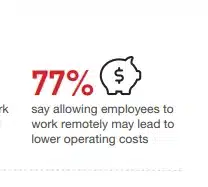
There’s no doubt that remote work has tremendous potential for both employees and employers.
But, there are certain challenges in remote work that need to be addressed.
Let us take a minute to find out what they are.
4 The roadblocks to the rise of remote work
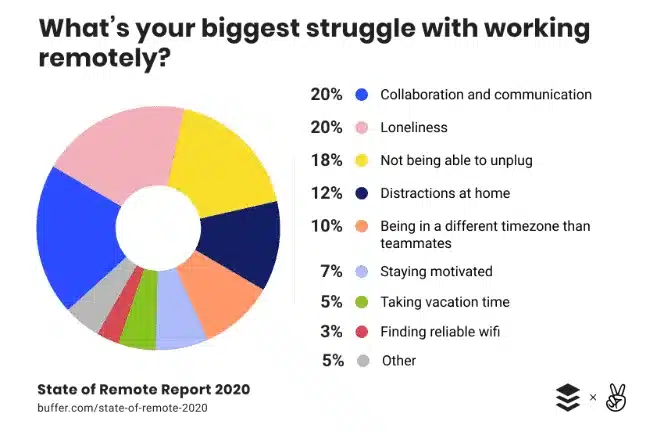
Remote work has all its perks, but it can become difficult without the right support.
To reap the true benefits of remote work, some obstacles have to be removed.
Here’s what these roadblocks are –
Remote work makes communication difficult.
With onsite employees, communication is effortless.
Remote employees, on the other hand, find lesser opportunities to communicate with their colleagues and managers.
In a research, 27% of the remote employees have cited communication as their #1 issue.
Pro tip: You can use a software to make communication seamless and effective with your remote employees.
In fact, regular check-ins or one on one meetings keep remote employees engaged.
Build super-connected remote teams
Provide the tools (1:1s, OKRs, Check-ins, CoffeeConnect) your managers need to be in regular touch with their teams
Effective One on One Meetings
We built a software that automatically schedules, lets you set agenda, take notes, exchange feedback and track actions – all in one place.
Prevent Isolation & Reduce Burn-out
Send your remote teams for virtual coffee and help them know more about each other with Rapid-fire quiz and interesting ice-breakers.
Remote work can be isolating and lonely.
In an office, employees get a chance to socialize and build rapport with their team.
The barrier of a computer screen further makes it difficult to forge reliable relationships with teammates.
All of these problems make isolation a pressing problem for at least 13% of the remote employees.
Build super-connected remote teams
Provide the tools (1:1s, OKRs, Check-ins, CoffeeConnect) your managers need to be in regular touch with their teams
Effective One on One Meetings
We built a software that automatically schedules, lets you set agenda, take notes, exchange feedback and track actions – all in one place.
Prevent Isolation & Reduce Burn-out
Send your remote teams for virtual coffee and help them know more about each other with Rapid-fire quiz and interesting ice-breakers.
Despite these problems, remote work has become a desirable attribute for every job seeker and even the organizations have become fairly welcoming of it.
Let’s delve deeper into what the coming years have in store for us.
5 The future of remote work
The rise of remote work is trending all over the world and it will continue for sure.
All the statistics indicate its growth and business leaders are making efforts to carve a roadmap to make their workplaces more remote-inclusive.
Let’s look at some figures that vouch for this fact.
Remote work is already the norm.
Nearly 41% of global businesses are already offering remote work as an option for their employees.
In fact, the United States and Australia are on the list of top 5 countries that have most remote workers.
Most teams are all set to resort to remote work.
According to research conducted by Upwork, 73% of all the teams around the world will have remote employees by the end of 2028.
How to Boost Employee Morale through One on One Meetings
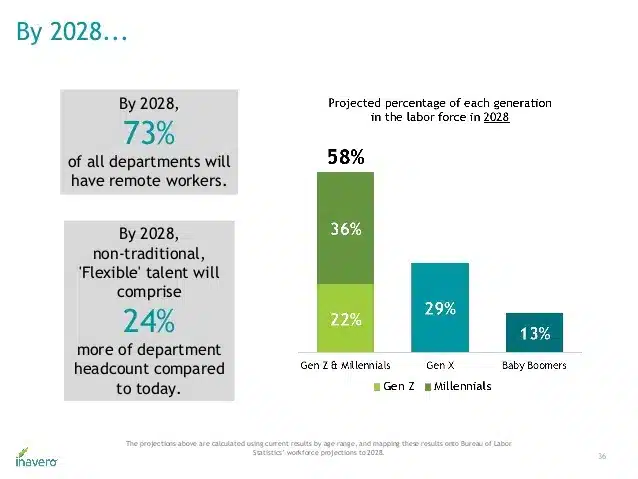
Young leaders prefer remote employees.
Millennials are the leaders and managers of tomorrow.
In the same research by Upwork, it was found out that 69% of young managers will have employees that work remotely.
Closing thoughts
From environmental benefits, better productivity to happier and healthier employees, remote work has something to offer for every stakeholder.
Remote work is going to facilitate and accelerate this process of shared ideas and growth beyond boundaries.
Lastly, we would like to conclude by admitting the obvious – the rise of remote working clearly indicates that remote work is here to stay.







